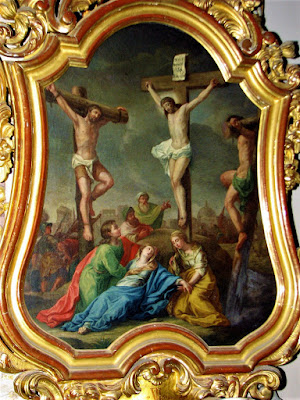Whatever your cross, whatever your pain,
There will always be sunshine after the rain.
Perhaps you may stumble, perhaps even fall,
But God's always there to help you through it all.
I asked for Strength - God gave me Difficulties to make me strong.
I asked for Wisdom - God gave me Problems to solve.
I asked for Prosperity - God gave me Brain and Brawn to work.
I asked for Courage - God gave me Danger to overcome.
I asked for Love - God gave me Troubled people to help.
I asked for Favors - God gave me Opportunities.
I received nothing I wanted - But I received everything I needed!
May God Bless You with unspeakable joy,
Not only in the world to come, but in this world also.
May your path be bright and full of light everywhere you go.
May God tell darkness that it must flee at your command.
And, I pray your feet will never stumble out of God's plan.
May the desires of your heart come true,
And may you experience Peace in everything you do.
May Goodness, Kindness, and Mercy come your way.
And, may you gain Wisdom and grow in the Lord everyday.
Because I have received kindness, I have been spurned to be kind.
Because I have caught the smile of another person's lips, I have found myself smiling.
Because I have known the joy of receiving, I rejoice in giving.
Because I have felt pain, I know what pity is.
Because I have tasted humiliations, I know what consideration is.
Because I have seen Christ suffering,
I have had the courage to go on.

















































